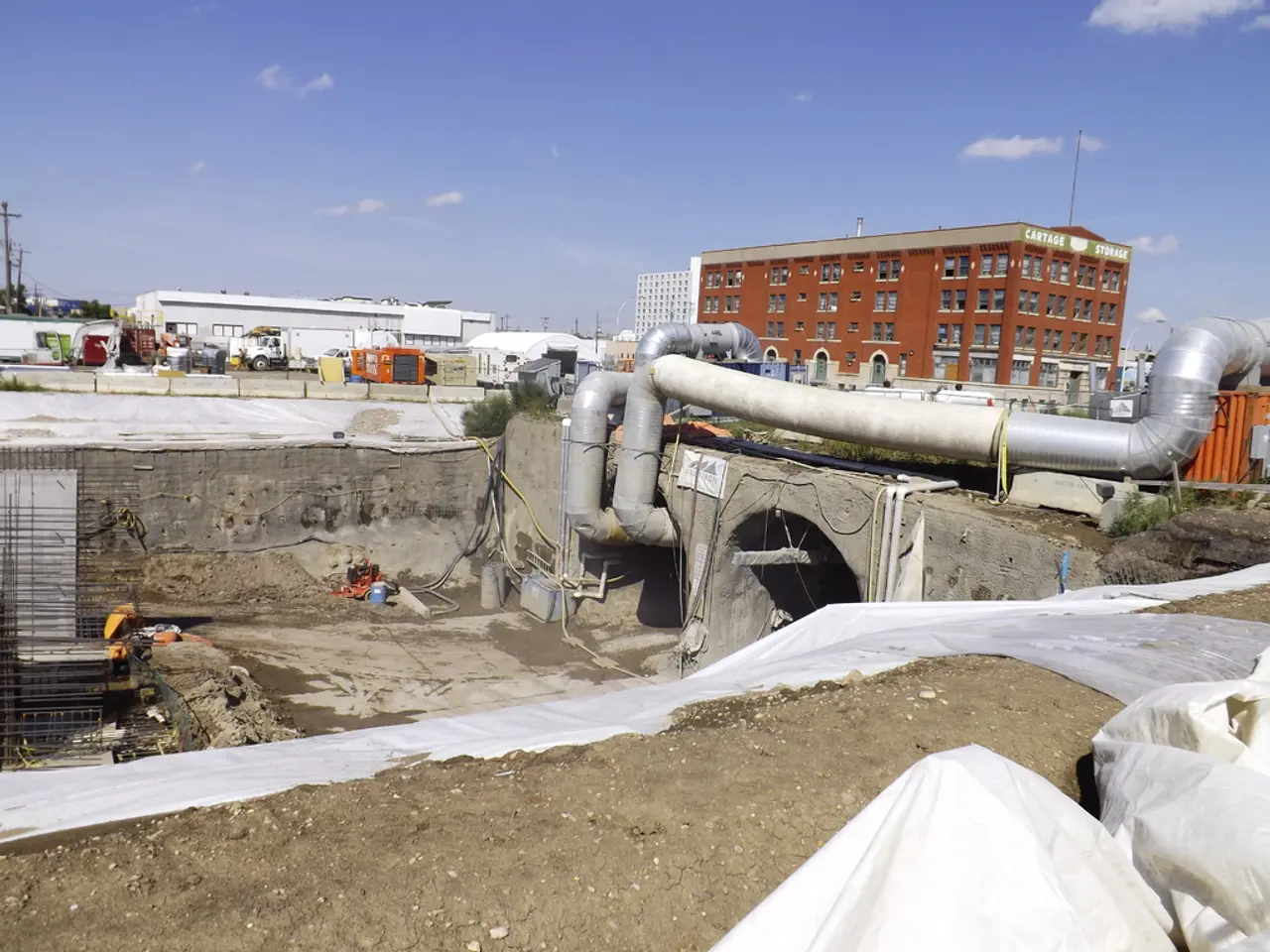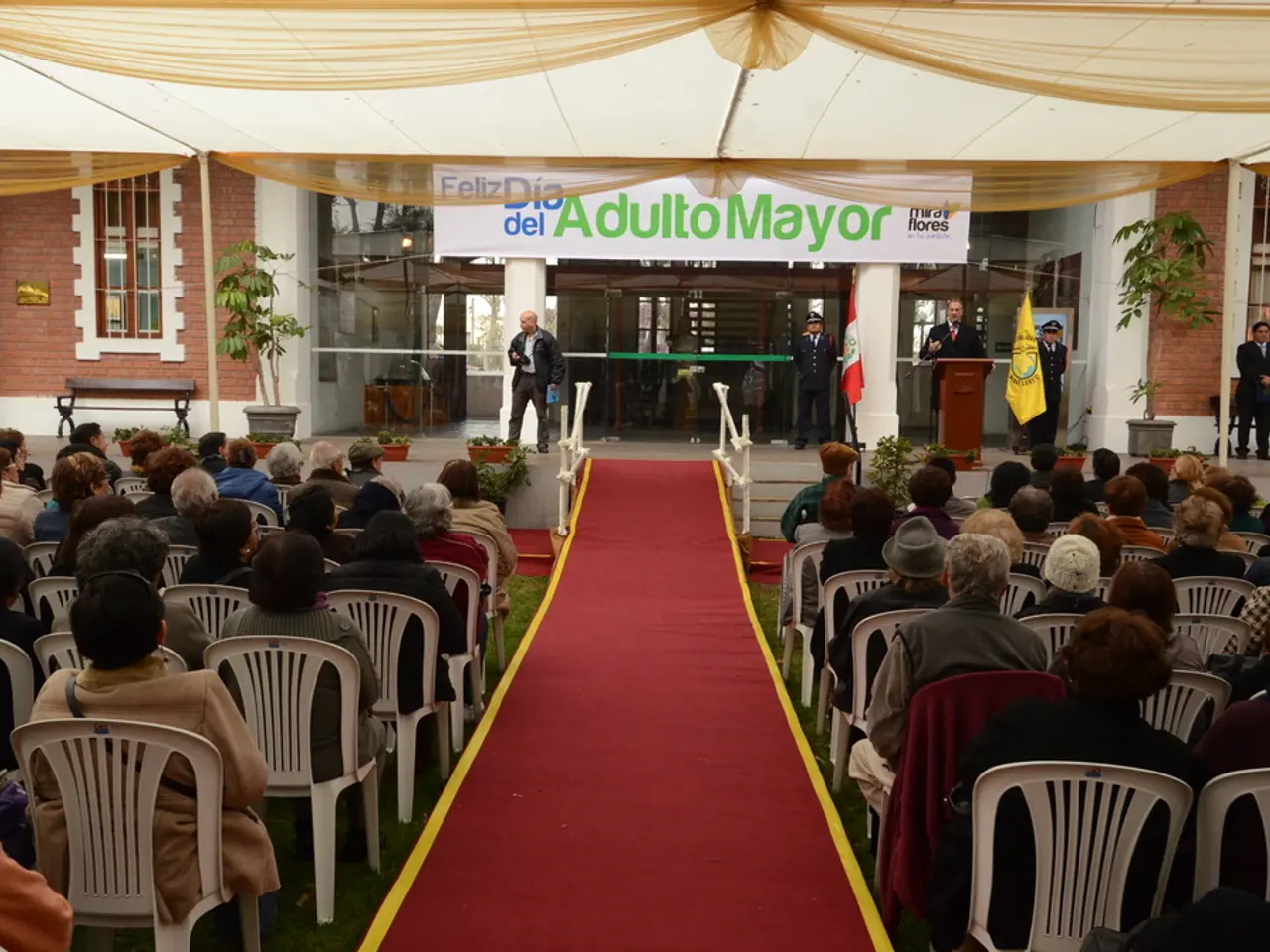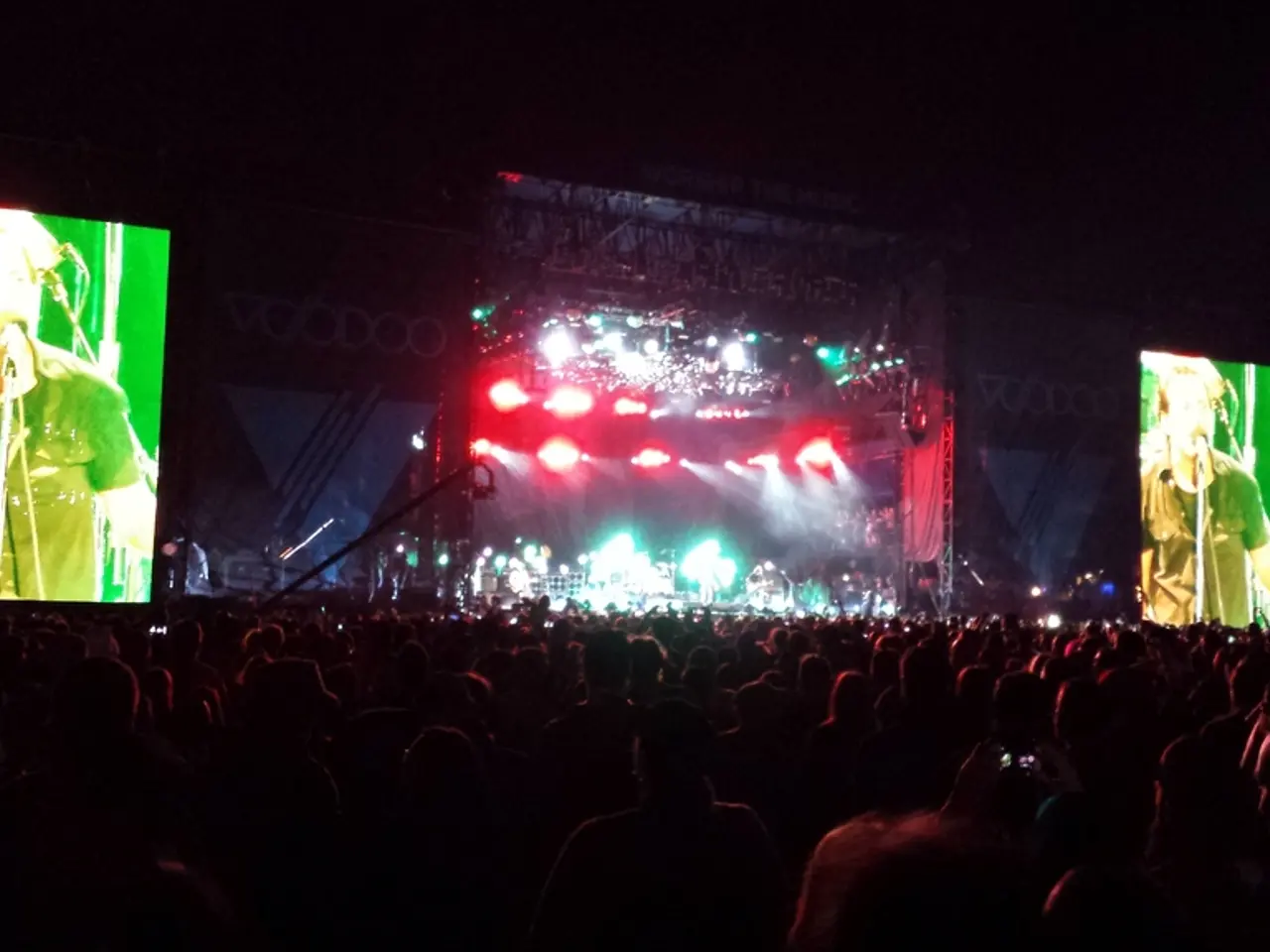"Hurricane Katrina: A Race Against Destiny" Describes an Imminent Human-Caused Catastrophe
National Geographic's "Hurricane Katrina: Race Against Time" Docuseries Highlights Systemic Failures and Government Response Issues
In August 2005, Hurricane Katrina, a Category 5 storm, struck the Gulf Coast, causing devastation in New Orleans and surrounding areas. The National Geographic docuseries "Hurricane Katrina: Race Against Time" provides a moment-by-moment account of the storm's chaos and aftermath, revealing systemic failures and government agency response issues.
At the heart of the disaster was the city's levee system, designed to protect New Orleans. The docuseries exposes that the system, designed by the United States Army Corps of Engineers, was based on outdated engineering models and suffered from inadequate upgrades and maintenance, leading to breaches that flooded 80% of the city and severely damaged over 134,000 housing units. Investigations found that inadequate design and construction by the Army Corps of Engineers was the primary cause of the levee failures.
Government agencies at local, state, and federal levels also exhibited poor coordination and delayed aid mobilization. Louisiana Governor Kathleen Blanco and local agencies failed to request timely federal assistance, leaving a large number of people to seek shelter at the Superdome, which lacked sufficient food, water, sanitation, and security. FEMA's leadership made critical missteps by hesitating to request federal support teams and downplaying the urgency of evacuation efforts.
The docuseries also highlights the importance of accuracy with local and national media, a problem still faced today. Media sensationalism and misinformation contributed to panic, delayed rescue efforts, and distorted public perception. Reports hyped rumors of mass deaths and militia violence instead of focusing on factual rescue operations and needs.
The aftermath of Hurricane Katrina was a humanitarian crisis with delayed and inadequate response efforts. Thousands of people endured days without sufficient food, water, or sanitation while sheltering in the Superdome and Convention Center. In the aftermath, at least 44 oil and chemical spills, including a 25,000-barrel Murphy Oil refinery rupture, contaminated communities already reeling from water and infrastructure damage.
Entire neighborhoods were obliterated, while power grids, hospitals, schools, and public transit were knocked out for weeks or even months. The hurricane caused 1,392 deaths and $125 billion in damages in Louisiana, Mississippi, and Alabama. The American Society of Civil Engineers termed the flooding of New Orleans as "the worst engineering catastrophe in US History" in April 2007.
Congressional reports highlighted inadequate logistics, understaffed teams, outdated information systems, and a lack of coordination between agencies within FEMA. New Orleans Mayor Ray Nagin didn't issue a mandatory evacuation order until just 19 hours before landfall, crippling the amount of time for residents to escape.
The docuseries frames Hurricane Katrina not just as a natural disaster but a man-made failure involving engineering flaws, racialized emergency response, inadequate government accountability, and misleading media coverage. The lessons from Katrina underscore the urgent need for improved science-based planning and equitable crisis management. Despite lessons learned, New Orleans remains at risk, relying more on luck than resilience and smart planning decades later.
- The environmental-science aspects of Hurricane Katrina are evident in the outdated engineering models used for the levee system in New Orleans, which was designed by the United States Army Corps of Engineers.
- In the realm of politics, the lack of coordination and timely aid mobilization among local, state, and federal government agencies was a significant contributing factor to the worsening conditions following Hurricane Katrina.
- Climate-change news remains a relevant topic as the general-news media's role in sensationalism and misinformation during the Hurricane Katrina response still impacts how crises are covered today.






